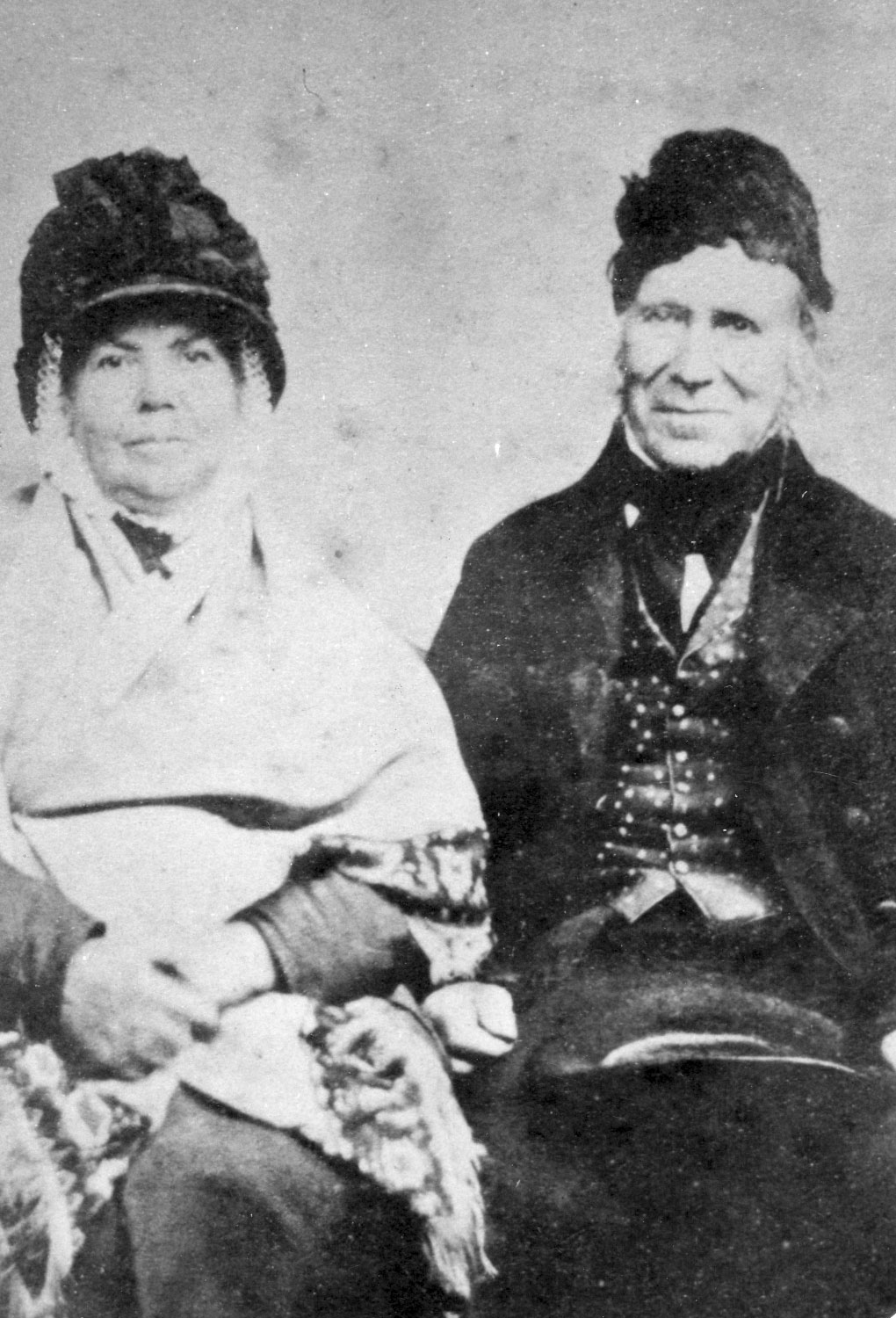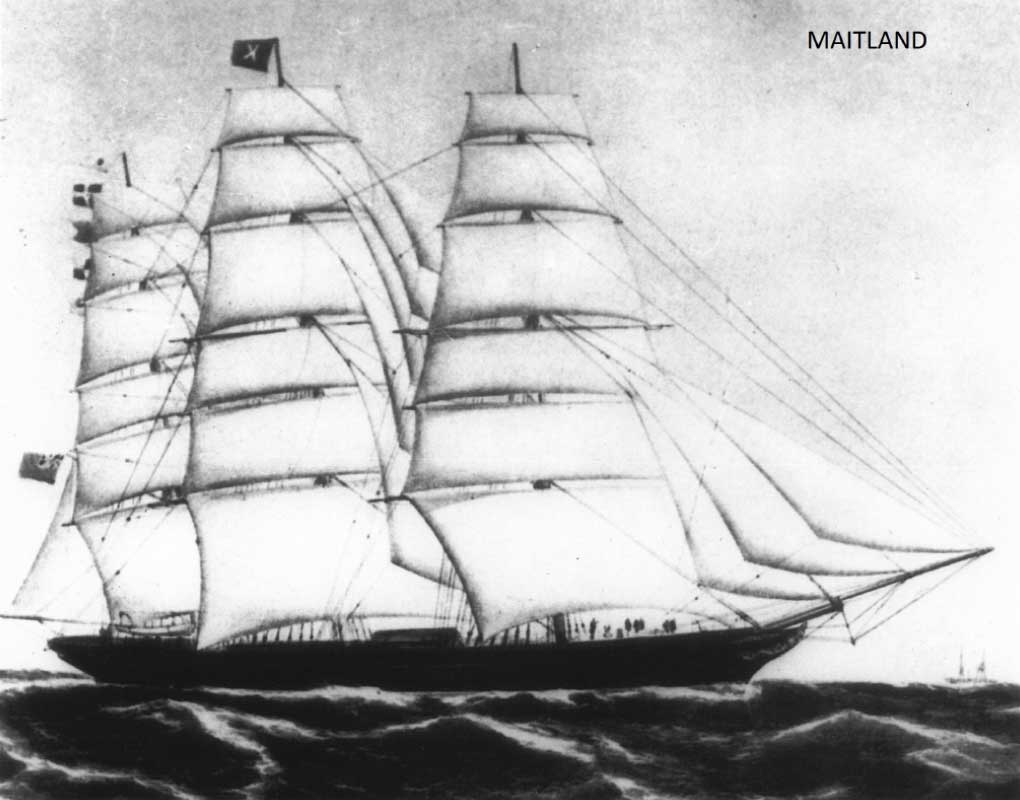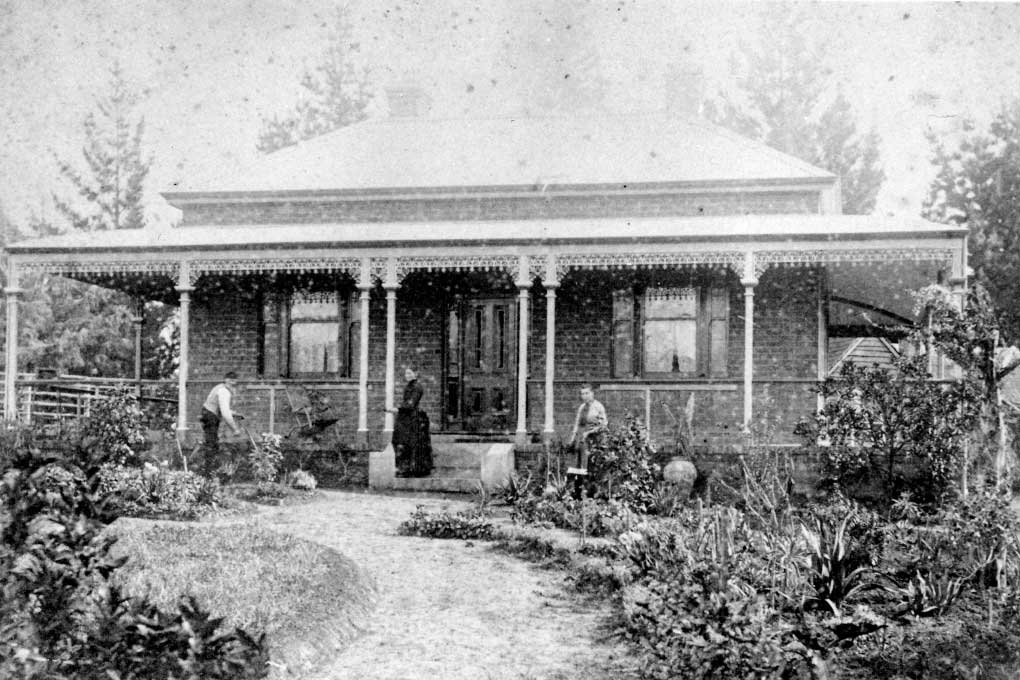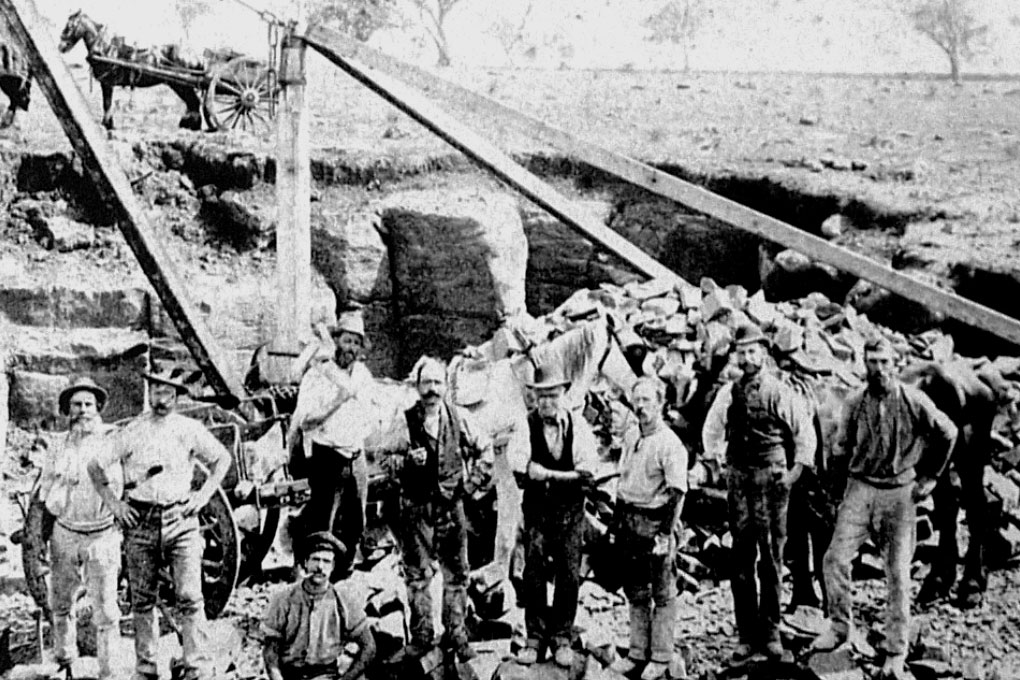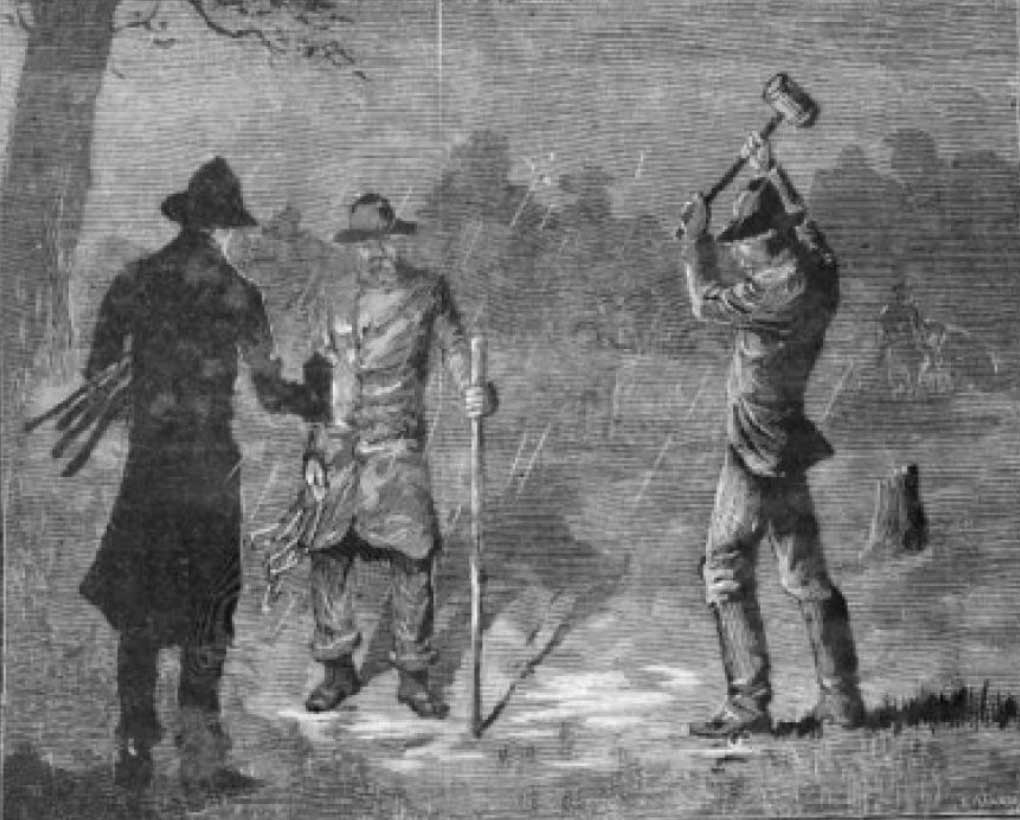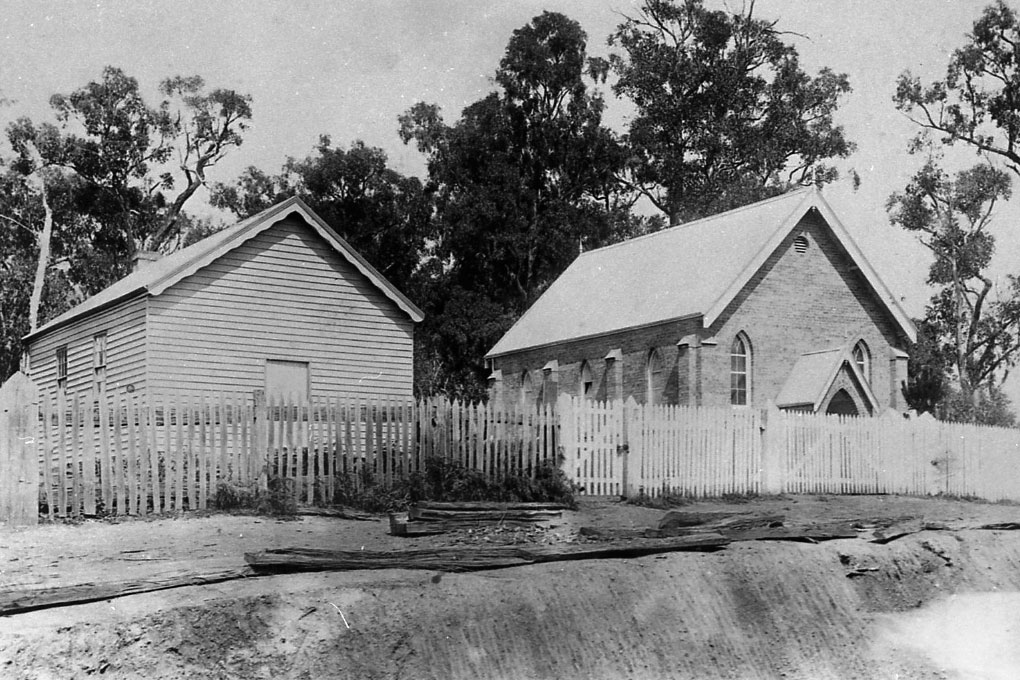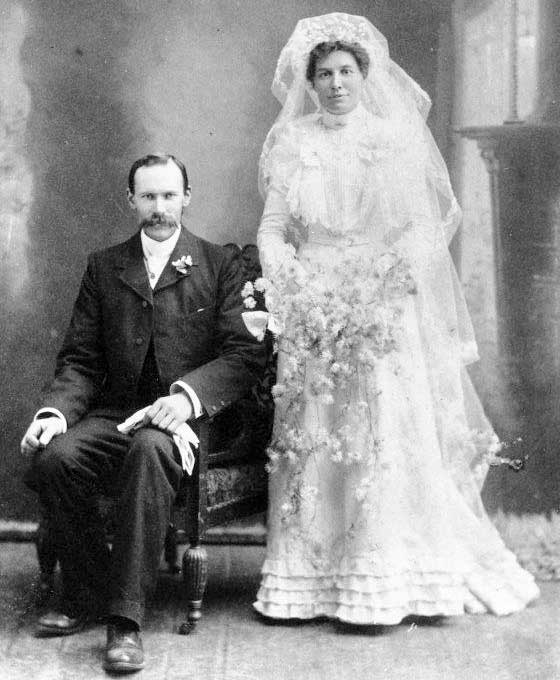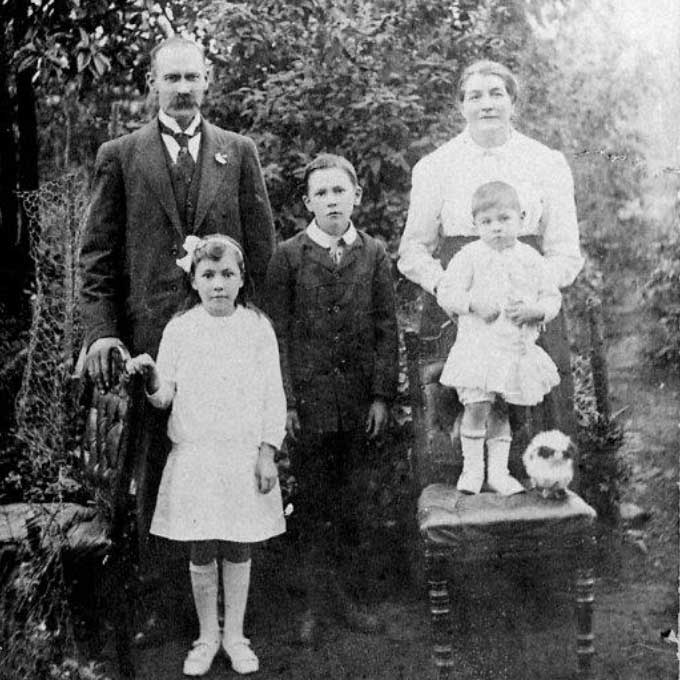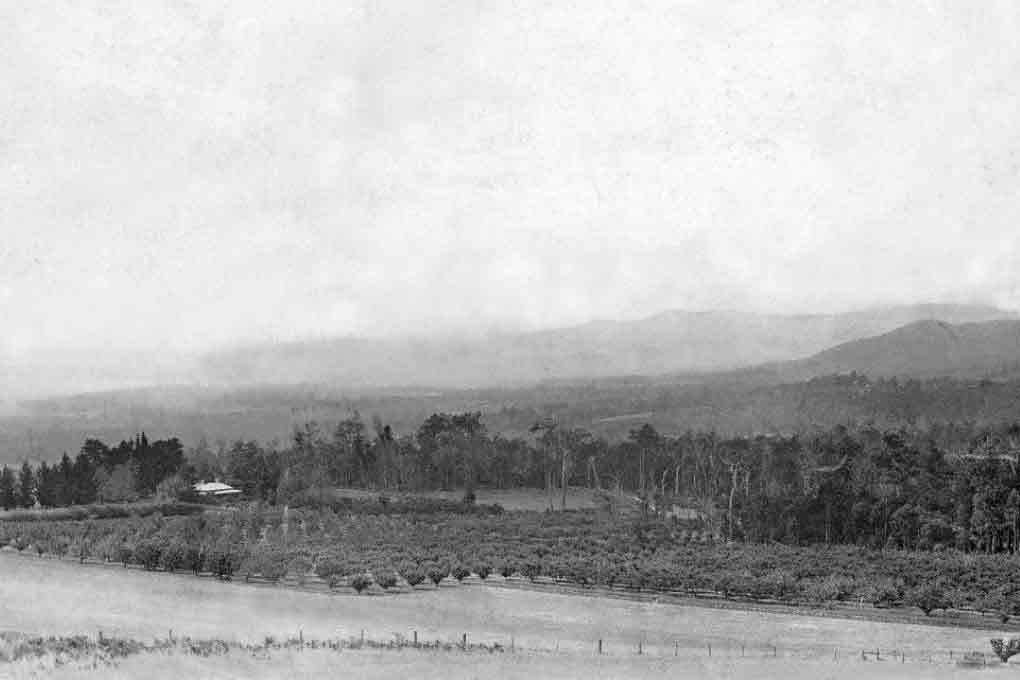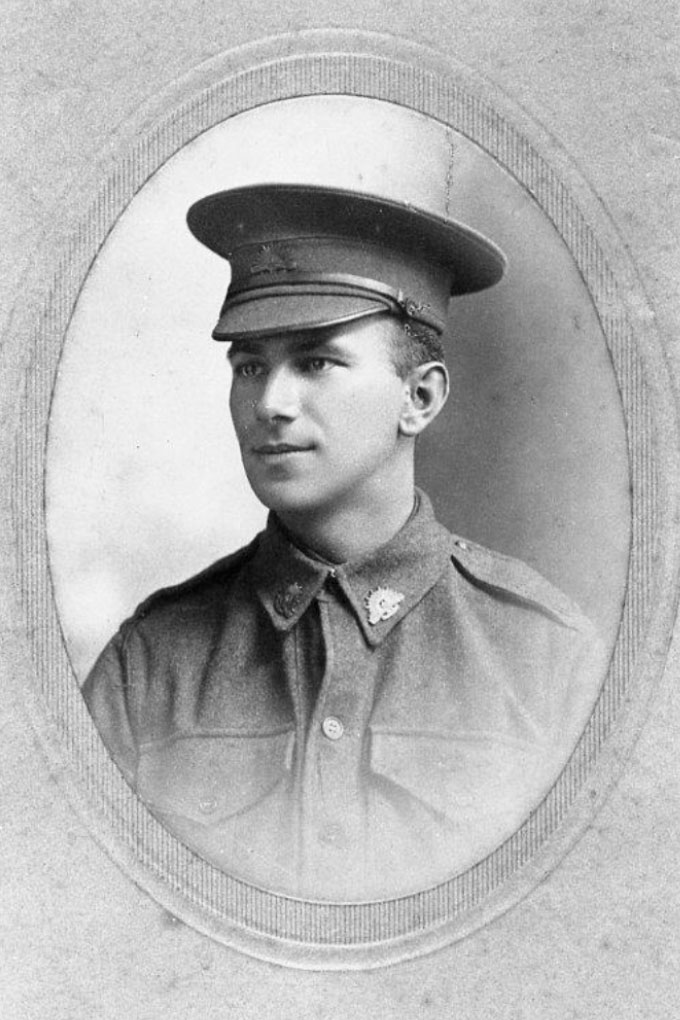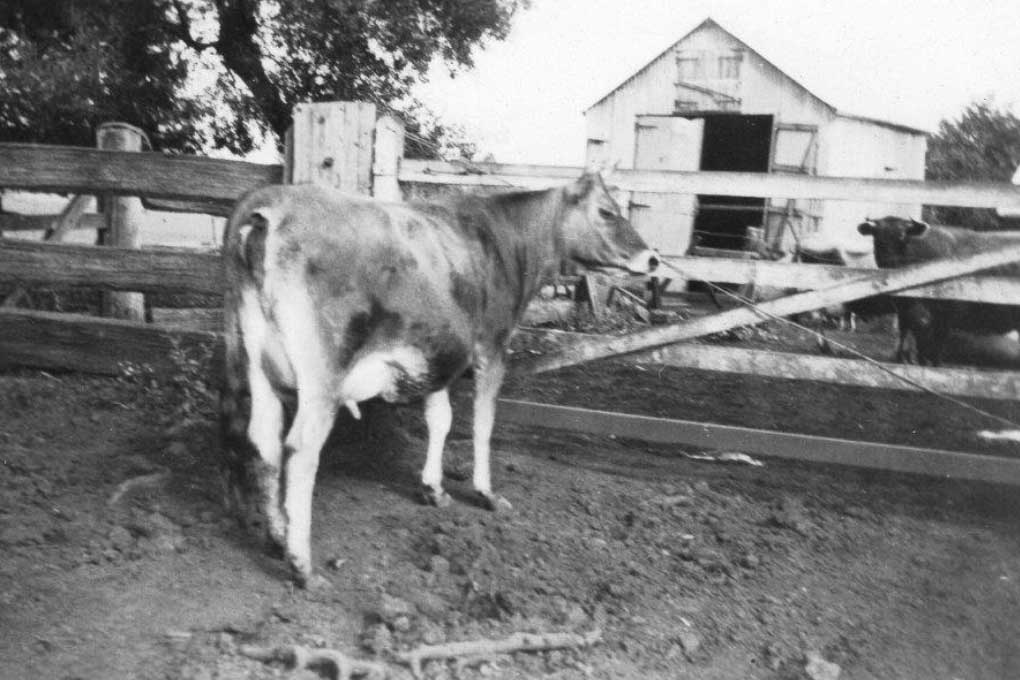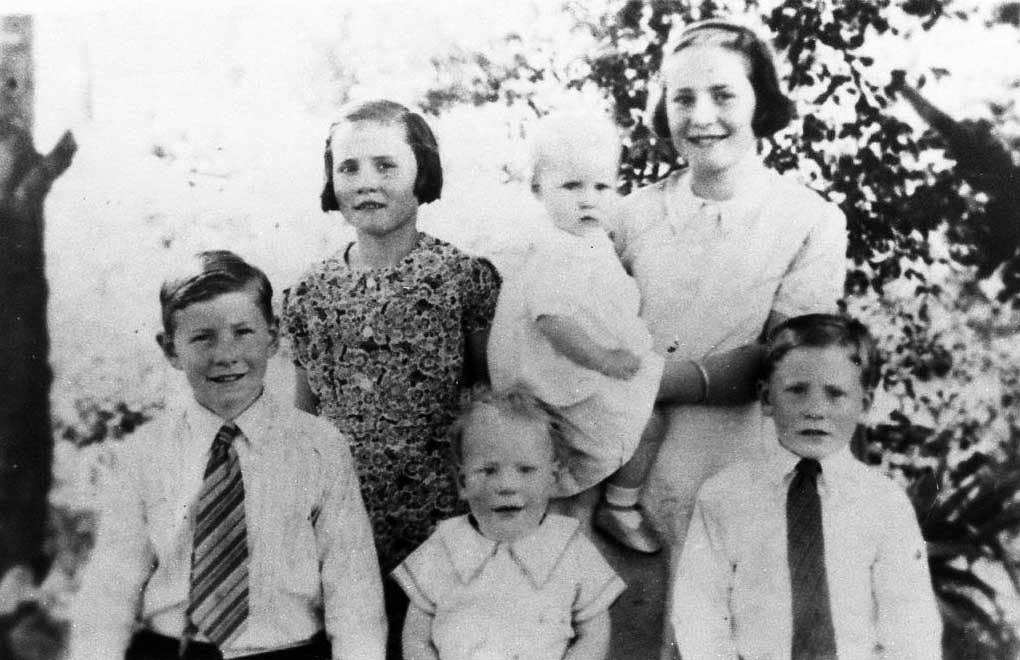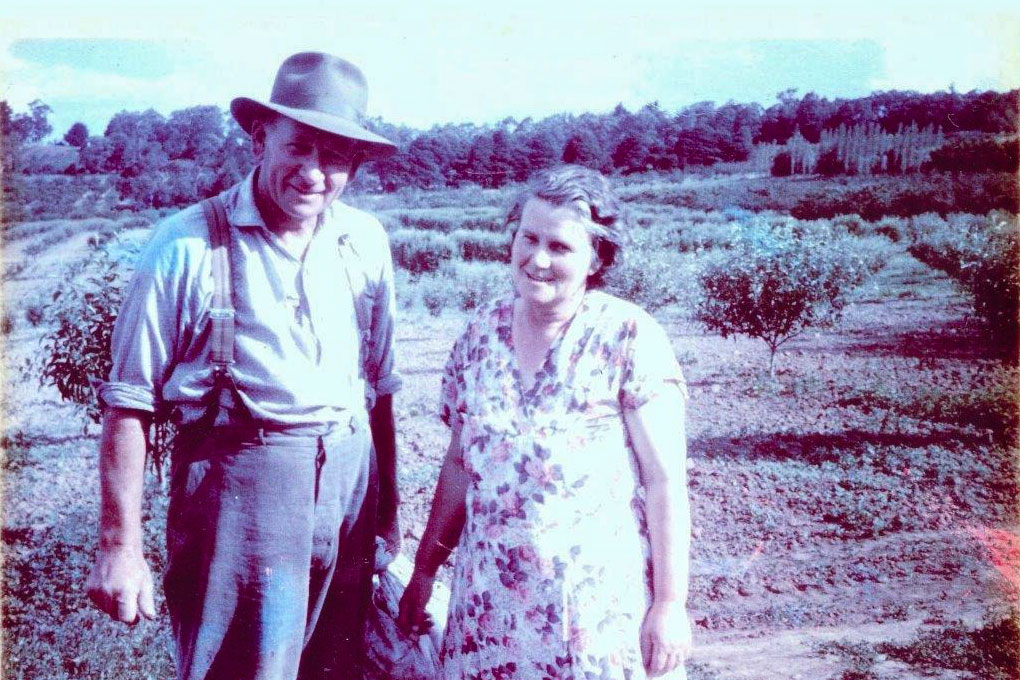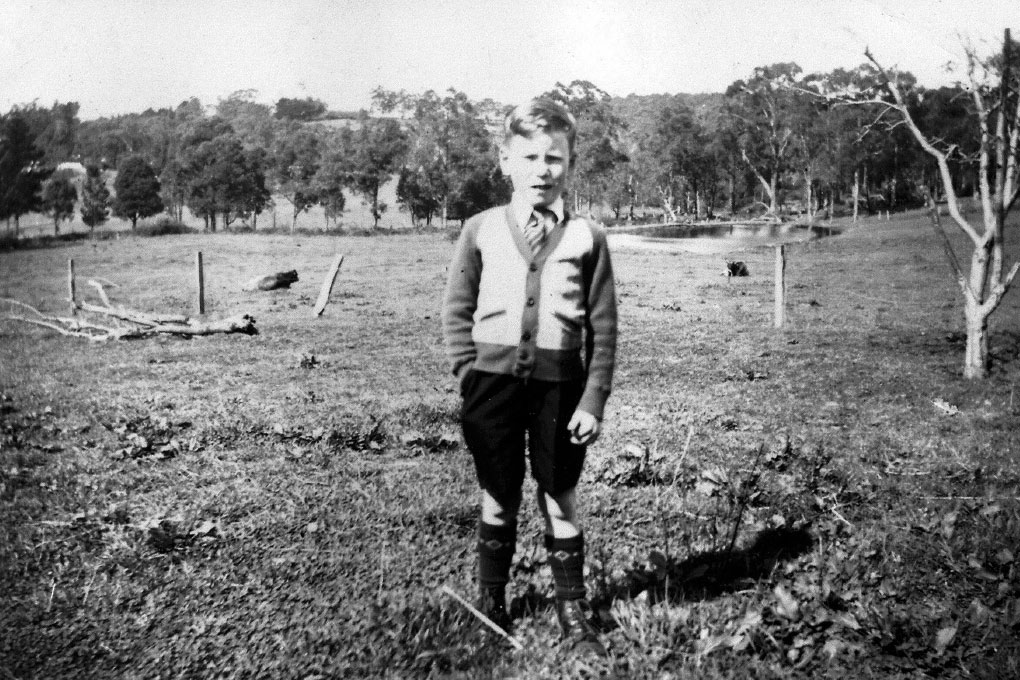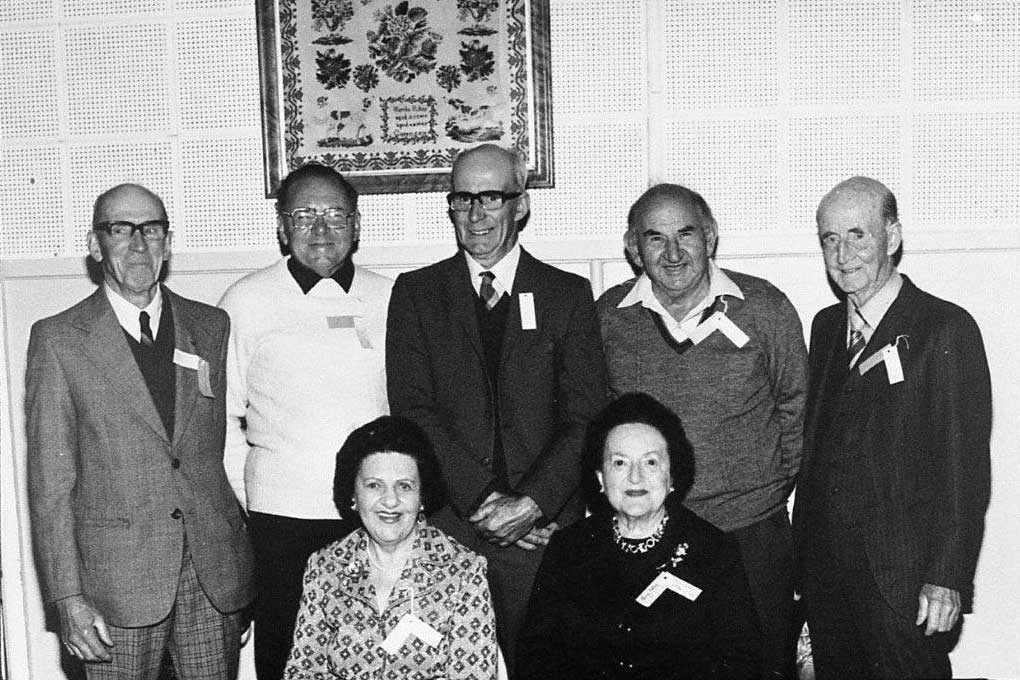Take a scroll through the history of Mont De Lancey
1850 to 1874
1849-1850
2 October 1849: Henry boards the Maitland in Plymoth, England.
9 January 1850: Arrives in Melbourne
1856
Henry marries Martha Rihoy, cousin of his first wife, Sophie Renouf.
1857
Henry and his family live in the suburb of Pentridge (renamed to Coburg in 1870). He works as a quarryman on the construction of HM Pentridge Prison.
His daughter Mary Anne is born while he is working on the prison.
1863
Indigenous people of the Wandin area are moved to an area called Coranderrk near Healesville, which becomes an Aboriginal Reserve.
1865
Parcels of land are made available by the Victorian Government under ‘The Land Act 1865 (Grants Land Act)‘. The land was to be rented for three years, during which time improvements had to be made. Once those conditions were met, the land could be purchased outright.
1867
Henry and his family move to Wandin Yallock, build a wooden house on land secured under the The Land Act 1865. They plant raspberries and other fruit crops.
The first Sebire baby is born on the property. Henry and Martha welcome their son, Wandin.
1873
Henry applies to purchase the land on which his house is built.
1875 to 1899
1881
Henry helps build the brick Methodist Church, replacing the earlier wooden one.
1886-1887
Henry builds Mont De Lancey with bricks made on site. Six of his eight children live in the house.
1892
Henry’s son Thomas trains in fruit tree propagation and pruning at the ‘Royal Horticulture College’ in Burnley, Victoria.
1895
The Sebire family business is awarded the Blashki Trophy for Horticulture.
1900 to 1924
1902
Henry dies.
Thomas inherits the farm known as Mont De Lancey. He marries Linda Caroline Fairless. Their four children are brought up in the house.
1912
Henry’s daughter Lily Sebire writes ‘The Early History of Wandin Yallock’.
1914-1918
First World War
1916
Henry’s grandson Francis (Frank) is killed at the Battle of the Somme (France).
1925 to 1949
1920-1930s
Downturn in the fruit market. Income from fruit and vegetable growing is supplemented by cutting chaff.
1927
Thomas buys a herd of Jersey cows, builds the milking shed and operates as the ‘Wandin Hygienic Dairy’ – selling locally and to the “Model Dairy” (Kew) & “Moran and Cato” (Fitzroy).
Son Delancey Francis (Lance) is born.
1939-1945
Second World War
1942
Thomas dies and his son Reg inherits the farm and grows fruit and vegetables.
Nine children are brought up in the house.
1940-1950s
Reg adds an extension for a washhouse, toilet and bathroom to the house.
The family farms chickens for meat and eggs.
